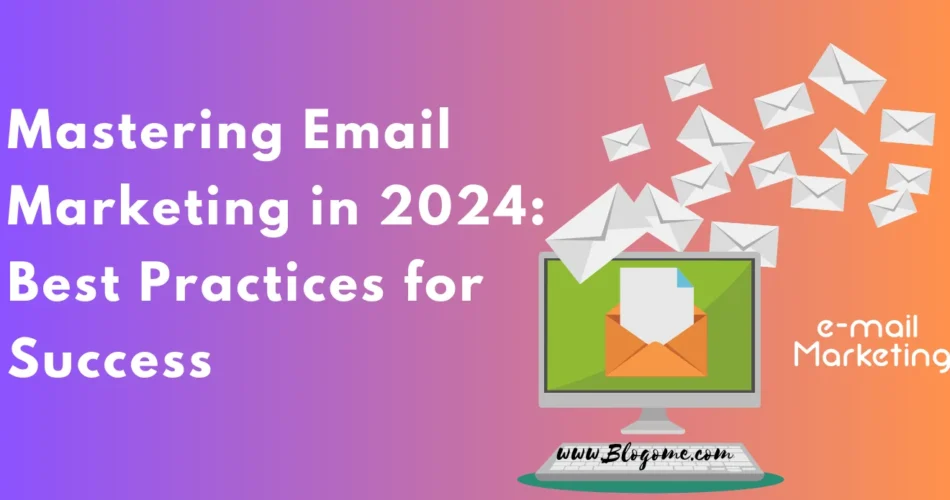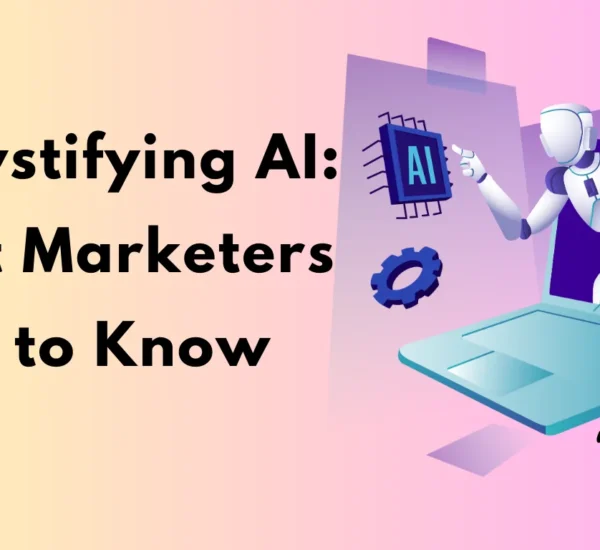Email marketing continues to be a powerful tool for businesses looking to engage with their audience, drive conversions, and build lasting relationships. In 2024, as technology and consumer preferences evolve, it’s crucial to stay updated with the latest best practices to ensure your email marketing efforts are effective. In this comprehensive guide, we’ll explore the best practices for email marketing in 2024, complete with practical examples and long-tail keywords to help you optimize your campaigns.
1. Personalization and Segmentation: Beyond the Basics
In 2024, personalization goes far beyond using the recipient’s first name. Consumers expect tailored experiences that reflect their preferences, behavior, and history with your brand. Segmentation, the practice of dividing your email list into smaller groups based on specific criteria, is essential for delivering personalized content. Understanding “how to personalize email marketing campaigns in 2024” is crucial for this.
Practical Example: Personalized Product Recommendations
Imagine you run an online clothing store. Instead of sending a generic email showcasing all new arrivals, you can segment your audience based on their past purchases and browsing behavior. For instance, if a segment of customers frequently buys athletic wear, send them an email featuring the latest sportswear collection. This level of personalization not only increases engagement but also drives higher conversion rates. This is one of the “email segmentation strategies for e-commerce businesses” that can significantly boost your sales.

2. Interactive Emails: Engaging Your Audience
Interactive emails are a growing trend in 2024, offering a dynamic and engaging experience right within the inbox. Interactive elements like quizzes, surveys, carousels, and interactive images can significantly boost user engagement and click-through rates. Learning “how to create interactive emails” can be a game-changer for your campaigns.
Practical Example: Interactive Product Showcase
Consider an email from a tech retailer showcasing a new smartphone. Instead of static images, the email includes an interactive 360-degree view of the product, allowing recipients to explore its features by rotating the image. This hands-on experience can intrigue potential buyers and drive them to visit your website for more information. Looking at “best interactive email marketing examples” can provide inspiration for your own campaigns.
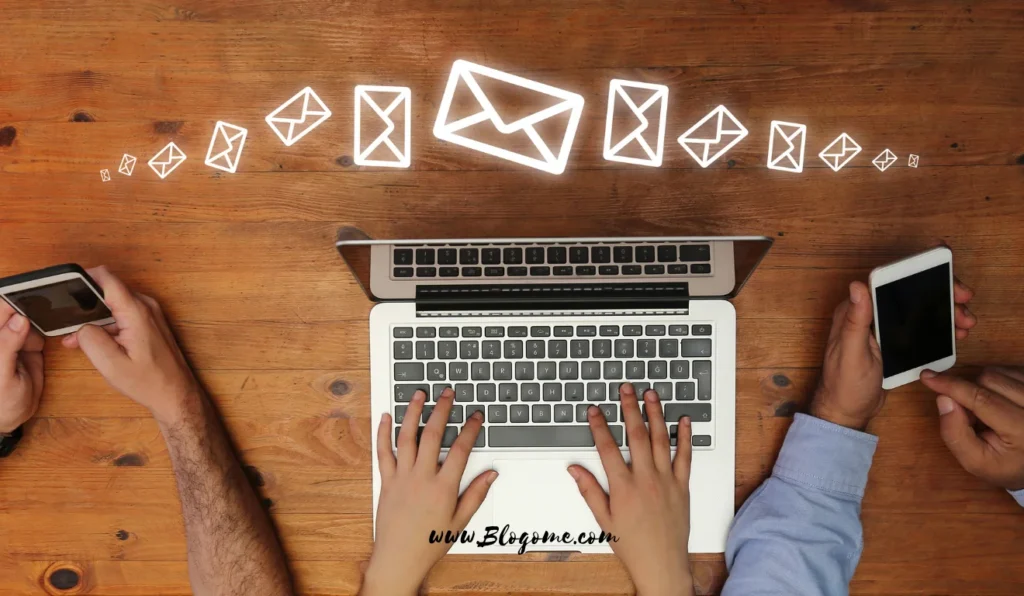
3. Mobile Optimization: Catering to On-the-Go Users
With the majority of emails being opened on mobile devices, optimizing your emails for mobile is no longer optional—it’s essential. In 2024, a mobile-first approach ensures your emails are easily readable and visually appealing on smaller screens. Knowing “how to optimize email campaigns for mobile devices” is critical for success.
Practical Example: Responsive Design
A travel agency sends out a newsletter featuring exclusive vacation packages. By using responsive design, the email automatically adjusts its layout based on the device’s screen size. Large images, concise text, and easily tappable buttons make it convenient for recipients to explore offers, even on their smartphones. For more ideas, check out “mobile-friendly email design tips.”
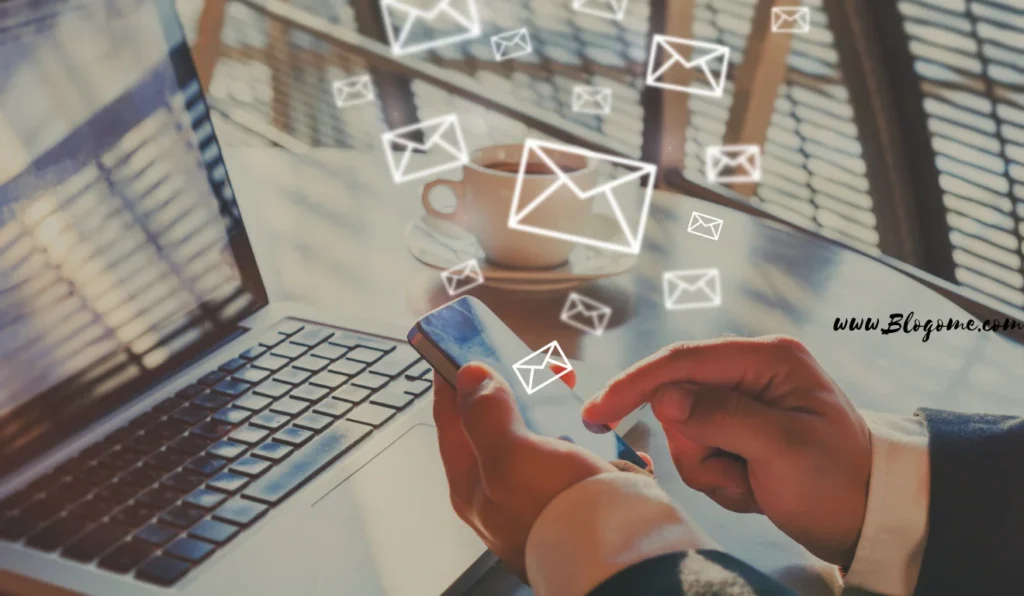
4. AI and Machine Learning: Enhancing Campaigns with Data
Artificial Intelligence (AI) and Machine Learning (ML) are revolutionizing email marketing by providing data-driven insights and automation capabilities. In 2024, leveraging AI and ML can help you deliver more relevant content, optimize send times, and predict customer behavior. Understanding “how to use AI in email marketing” can give your campaigns a competitive edge.
Practical Example: Predictive Analytics for Send Times
A fitness app uses AI to analyze user data and determine the optimal send times for its email campaigns. By sending emails when recipients are most likely to engage, the app sees a significant increase in open rates and user interaction. This showcases the power of “predictive analytics in email marketing strategies.”

5. Content Relevance: Providing Value with Every Email
In 2024, the key to successful email marketing lies in delivering content that is not only relevant but also valuable to your audience. This means understanding your subscribers’ needs, interests, and pain points, and crafting content that addresses them. Focusing on “how to provide value in email campaigns” is essential.
Practical Example: Educational Content
A financial services company sends out a weekly newsletter with tips on saving money, investing, and managing personal finances. By providing valuable educational content, the company positions itself as a trusted authority, fostering loyalty and trust among its subscribers. Creating “educational email marketing examples” can help you brainstorm ideas for your own content.
6. Automation: Streamlining Your Workflow
Email automation allows you to send targeted messages based on user actions or predefined triggers. In 2024, automation tools have become more sophisticated, enabling you to create complex workflows that nurture leads and guide them through the customer journey. Knowing “how to set up email workflows” is a key skill.
Practical Example: Abandoned Cart Reminders
An online retailer sets up an automated workflow to send a series of emails to customers who abandon their shopping carts. The first email is a gentle reminder, followed by a second email offering a discount, and a final email showcasing related products. This automated sequence helps recover lost sales and re-engage potential customers. This is one of the “email automation best practices” you should implement.
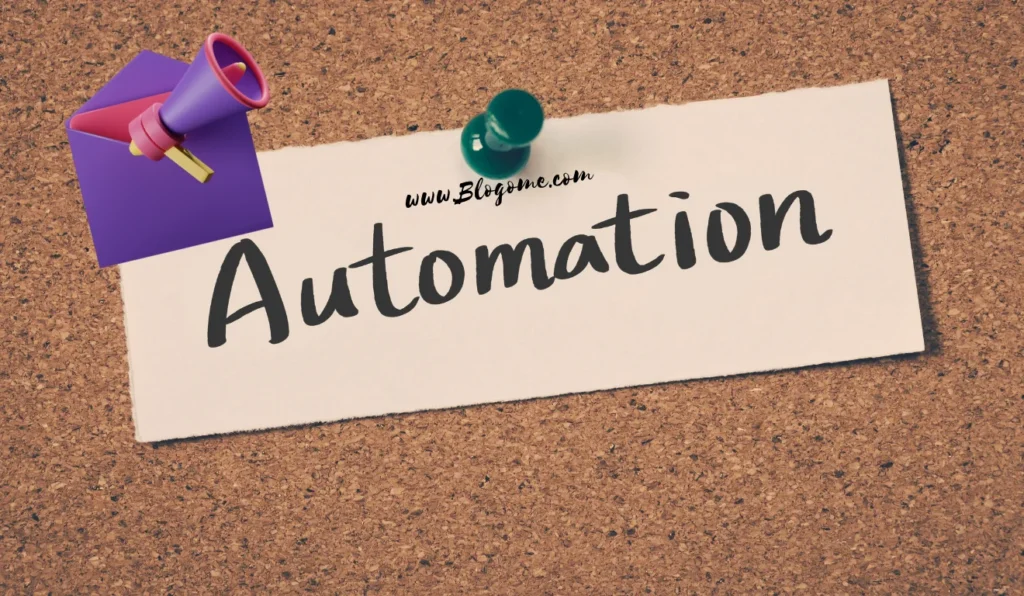
7. Compliance and Privacy: Respecting Subscriber Data
With increasing concerns about data privacy, compliance with regulations such as GDPR and CCPA will be more important than ever in 2024. Ensuring that your email marketing practices respect subscriber data and privacy builds trust and protects your brand. Understanding “GDPR best practices for email marketers” is essential for compliance.
Practical Example: Transparent Data Practices
A health and wellness brand includes a clear privacy policy link in every email, explaining how subscriber data is collected, used, and protected. Additionally, they provide easy-to-find unsubscribe options and honor opt-out requests promptly. This transparency reassures subscribers and fosters trust. For more tips, refer to “Email marketing compliance tips.”
8. A/B Testing: Optimizing for Success
A/B testing, or split testing, involves sending two variations of an email to different segments of your audience to determine which performs better. In 2024, continuous testing and optimization are crucial for maximizing the effectiveness of your email campaigns. Knowing “how to conduct A/B testing in email marketing” can lead to better results.
Practical Example: Subject Line Testing
A software company wants to increase open rates for its product launch email. They create two subject lines: “Discover Our New Product” and “Revolutionize Your Workflow with Our Latest Innovation.” By A/B testing these subject lines, they find that the second one significantly outperforms the first, leading to higher open rates. Exploring “A/B testing strategies for email campaigns” can provide more ideas for testing.

9. Visual Appeal: Crafting Stunning Emails
Visual appeal plays a vital role in capturing and retaining your audience’s attention. In 2024, well-designed emails that incorporate eye-catching graphics, images, and videos can significantly enhance engagement. Learning “email design tips for 2024” can help improve your email aesthetics.
Practical Example: High-Quality Visuals
A beauty brand sends out an email promoting a new skincare line. The email features high-quality images of the products, before-and-after photos of users, and a short video tutorial. The visually appealing content not only grabs attention but also demonstrates the product’s benefits, driving higher click-through rates. Using “images and videos in email marketing” can elevate your campaigns.
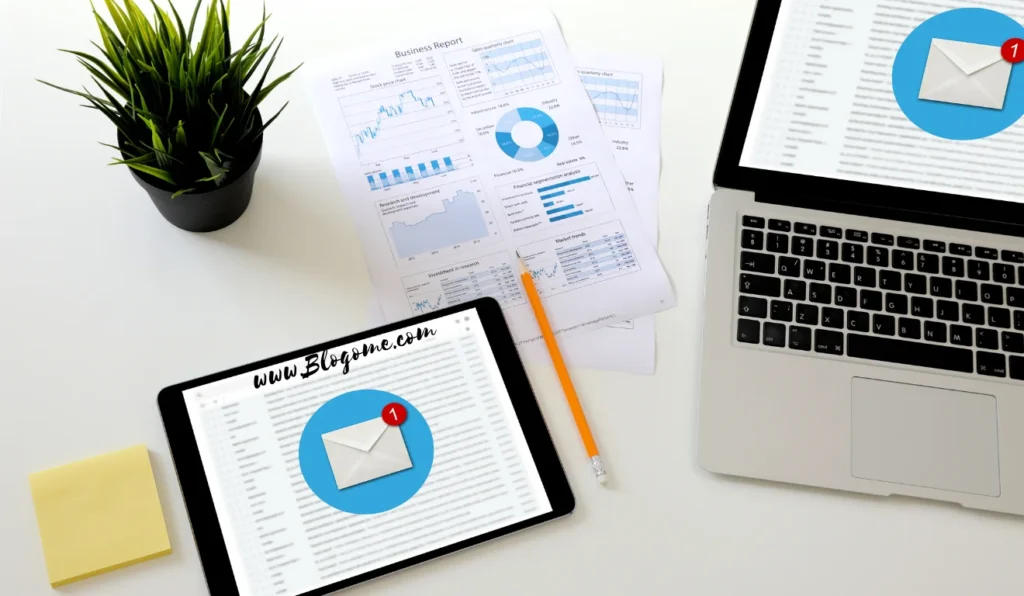
10. Consistency: Building Trust with a Regular Schedule
Consistency is key to building trust and maintaining engagement with your audience. In 2024, adhering to a regular email schedule helps subscribers know what to expect and when to expect it. Understanding “the importance of consistency in email marketing” is crucial for building long-term relationships.
Practical Example: Weekly Newsletters
A nonprofit organization sends out a weekly newsletter every Thursday, featuring updates on their projects, upcoming events, and volunteer opportunities. By maintaining a consistent schedule, they keep their supporters informed and engaged, fostering a sense of community and trust. Maintaining “a regular email schedule” can enhance your brand’s reliability.

11. Clear Call-to-Actions (CTAs): Driving Desired Actions
A clear and compelling call-to-action (CTA) is essential for guiding recipients toward the desired action, whether it’s making a purchase, signing up for a webinar, or downloading a resource. In 2024, effective CTAs are more important than ever. Knowing “how to write compelling email call-to-actions” can significantly impact your campaign’s success.
Practical Example: Strong CTAs
A software company sends out an email promoting a free trial of their latest product. The email includes a prominent, brightly colored button with the CTA “Start Your Free Trial Now.” By making the CTA stand out and using action-oriented language, they increase the likelihood of recipients taking the desired action. Refer to “best practices for email CTAs” for more tips.
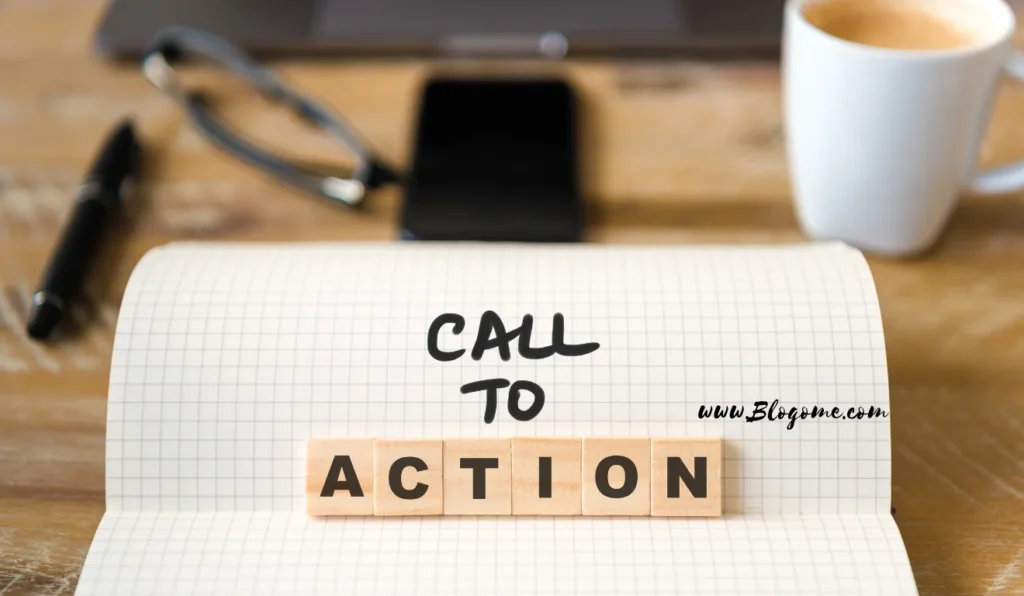
12. Social Proof: Leveraging Testimonials and Reviews
Social proof, such as customer testimonials and reviews, can significantly enhance the credibility of your email marketing campaigns. In 2024, showcasing positive feedback from satisfied customers will help build trust and influence purchasing decisions. Using “social proof in email marketing” can be a powerful tactic.
Practical Example: Customer Testimonials
An online course provider includes testimonials from successful students in their promotional emails. Each testimonial highlights how the course helped the student achieve their goals. This social proof reassures potential customers of the course’s value and encourages them to enroll. Looking at “best practices for email testimonials” can help you integrate this strategy.
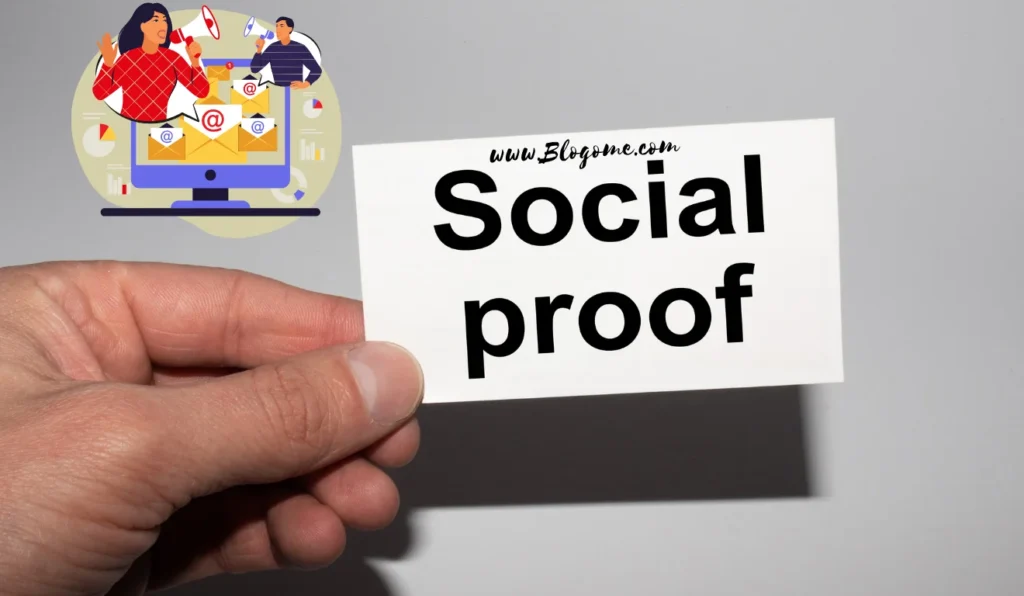
13. Dynamic Content: Tailoring Emails in Real-Time
Dynamic content allows you to tailor email content in real time based on the recipient’s behavior, preferences, and demographics. In 2024, this level of personalization can significantly enhance engagement and relevance. Learning “how to use dynamic content blocks in email campaigns” can optimize your emails.
Practical Example: Dynamic Content Blocks
An e-commerce store sends a newsletter with dynamic content blocks that change based on the recipient’s location and browsing history. For instance, a customer who recently viewed winter jackets will see recommendations for related products, while another customer in a different region will see recommendations for summer attire. This real-time personalization increases the chances of conversion. Using “real-time personalization for emails” can lead to better engagement.
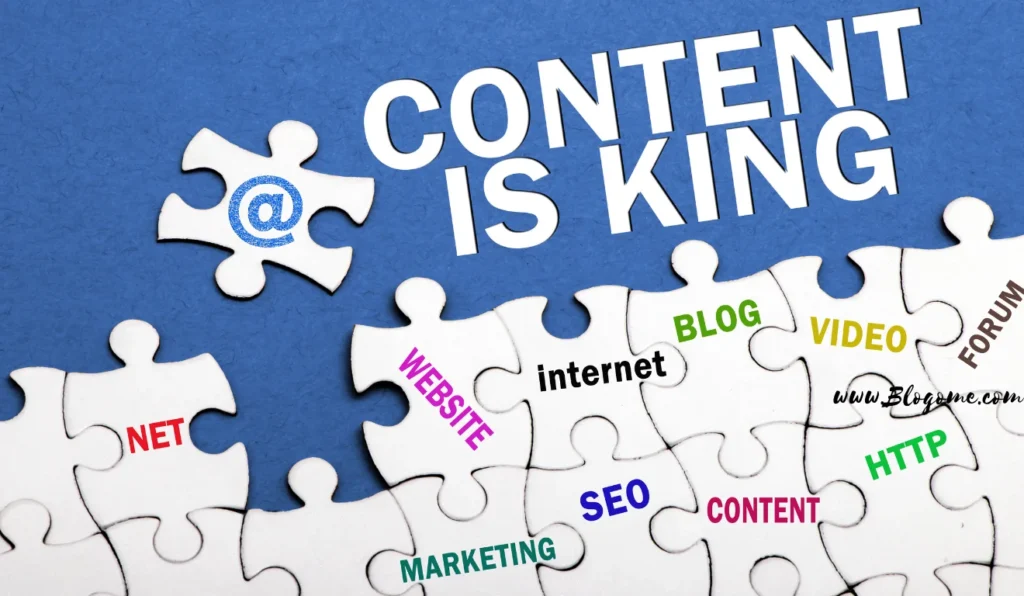
14. Engagement Metrics: Tracking and Analyzing Performance
Tracking and analyzing engagement metrics is crucial for understanding the effectiveness of your email campaigns and making data-driven decisions. In 2024, leveraging advanced analytics tools can provide deeper insights into subscriber behavior and campaign performance. Knowing “how to analyze email campaign performance” is key to continuous improvement.
Practical Example: Analyzing Open and Click-Through Rates
A SaaS company regularly monitors its email campaigns’ open and click-through rates. They notice that emails sent on Tuesdays have higher open rates, while those with personalized subject lines have better click-through rates. By analyzing these metrics, they optimize their future campaigns for better performance. Tracking “email marketing metrics to track in 2024” can help guide your strategy.
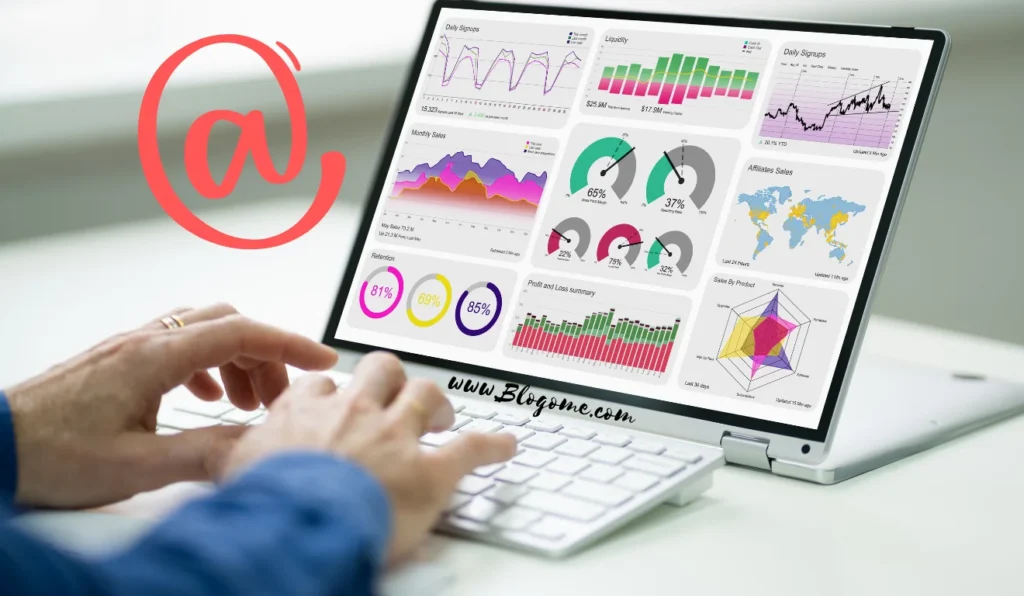
15. Integrating Email with Other Channels: Creating a Unified Strategy
Integrating email marketing with other channels, such as social media, SMS, and your website, creates a unified strategy that enhances the overall customer experience. In 2024, a cohesive multi-channel approach ensures consistent messaging and maximizes reach. Learning “how to create a unified marketing strategy” is essential for modern marketers.
Practical Example: Cross-Channel Promotion
A fashion brand promotes an upcoming sale through email, social media, and SMS. The email includes a link to their Instagram page for a sneak peek of the sale items, while the SMS reminder is sent on the day of the sale. This integrated approach ensures that the message reaches the audience through multiple touchpoints, increasing the chances of engagement. Implementing “cross-channel marketing strategies for 2024” can enhance your overall reach.

Conclusion
Email marketing remains a powerful tool for businesses in 2024, but success requires staying updated with the latest best practices. By focusing on personalization and segmentation, leveraging interactive and mobile-optimized content, utilizing AI and machine learning, and integrating email with other channels, you can create impactful campaigns that resonate with your audience.
Remember, the key to effective email marketing is providing value, building trust, and continuously optimizing your strategies. Implement these best practices, and you’ll be well on your way to mastering email marketing in 2024.


